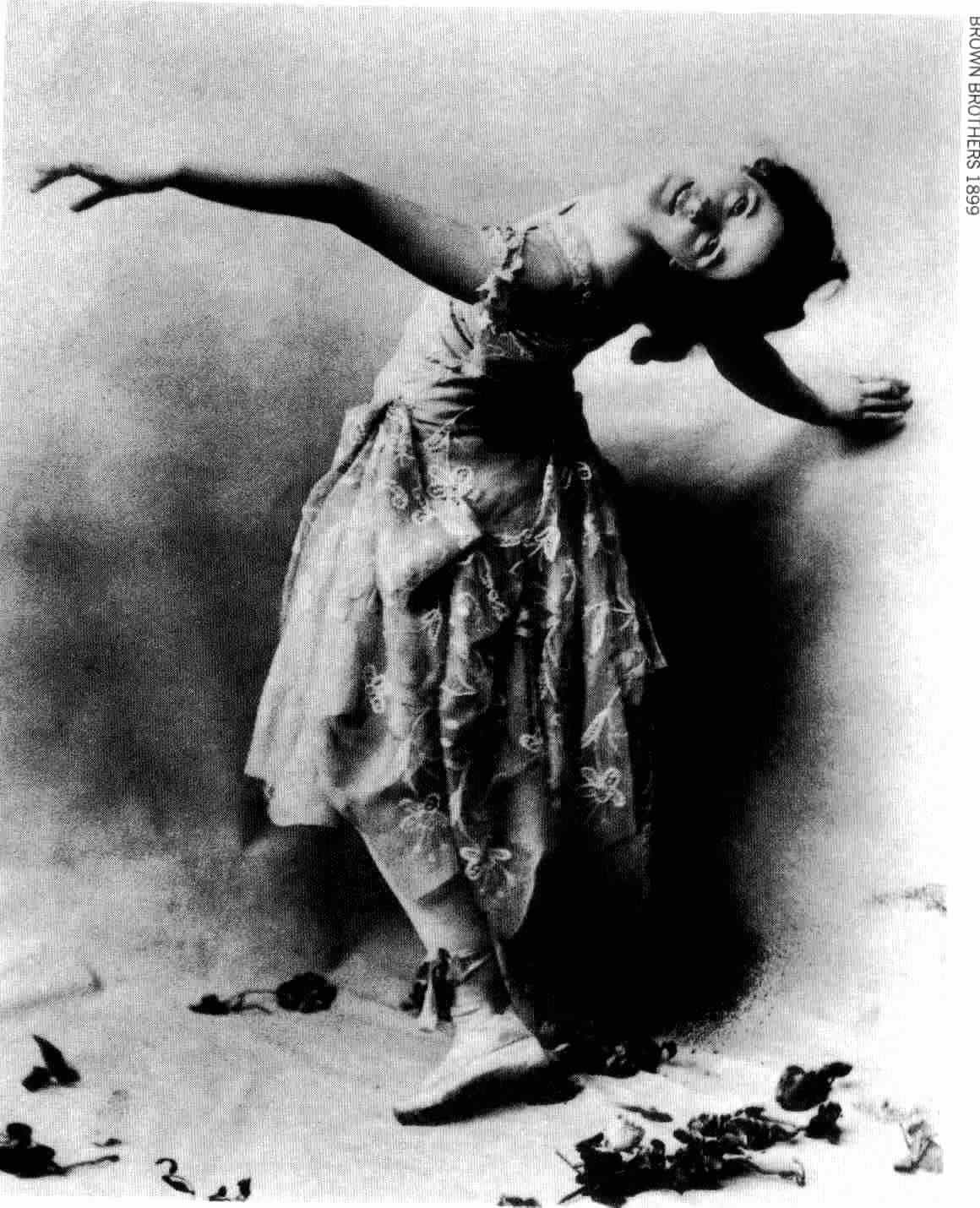DANCE

The truest expression of a people is
its dances and its music. Bodies never lie. --Agnes de Mille
Body
motion. A
repetitive series of usually rhythmic movements of the body and body parts (esp.
feet, hands, hips, and shoulders) to a musical beat, based on the alternating
oscillations of walking.
Usage: An ancient and powerful medium
of nonverbal communication, dance is a nearly universal venue of human
courtship. Dance not only synchronizes a couple's
physical movements (e.g., as they move to the beat of the same drummer), but
their moods and feelings as well. Some dance forms (e.g., break dancing,
military marching, and the tribal war dance) stimulate strong feelings of
togetherness and esprit de corps through the reptilian principle of isopraxism.
Anthropology. "One field
which still awaits exploration is the question of how far a dominant kinesthetic
awareness of certain parts of the body is related to psychological factors. If
posture and movement of an individual are closely interdependent with his
psychological state, would not stylized posture and gesture in the dance of a
people be relevant to a general psychological trend in their life?" (Holt and
Bateson 1944:52; the authors contrast, e.g., "rhythmic, rotating movements of
the pelvic region" with "rigid" postures of the torso and hips in dancing.)
Motions. The human form is more
noticeable when it is moved. Thus, dancers not only attract
attention of their own partners but of onlookers as well. Through
principally palm-down motions, the arms participate in dance as
"walking" forelimbs. Exaggerated reaching (i.e., extension) movements of the
arms (e.g., while waving the hands high above one's head) signal strong
emotion through a principle of nonverbal
release. In dancing, a. we show our emotions, physical
prowess, and health, and b. give our partners an opportunity to
touch.
Popular culture. When Joey Dee and
the Starlighters played loud music with a beat at the Peppermint Lounge in New
York in the 1960s, "even the waitresses were twisting" (Sutton
1984:33).
Neuro-notes I. The oscillating movements and rhythmic
footsteps of dance are keyed to a two-point pedestrian beat. The
natural rhythm of our upright, bipedal gait is coordinated by the same spinal
paleocircuits that once programmed the oscillatory
swimming motions of the earliest fishes (Grillner 1996; see AQUATIC BRAIN
& SPINAL CORD).
Neuro-notes II. In right-handed dancers, music appeals to the more emotional, intuitive, and nonverbal right-brain hemisphere. Thus, dancing couples are on similar feeling (rather than rational thinking) wavelengths .
Neuro-notes III. Mirror neurons: Mirror neurons play a role in the synchrony of dance. "Almost instinctively we humans tend to synchronize our movements. I fold my arms, you fold yours, I look at you, you look away, you look back, I look away, I look at you, you start a new sentence, you look at me, I start a new sentence--it's quite a minuet we're dancing!" (Iacoboni 2008:130).
Neuro-notes IV. Mirror neurons: Practicing dance movements strengthens the mirror neuron system. Thus, learning plays a role: "This idea is also supported by neuroimaging studies that purport to show that mirror neuron activity varies as a function of the observer's expertise. Calvo-Merino et al. [91] showed that ballet and capoeira dancers observing actions they were trained to perform showed greater activity in premotor and parietal areas. Similarly, Haslinger et al. [92] showed similar effects for piano players observing piano playing. It's also been shown that familiarity (which presumably involves enhanced sensorimotor activation) activates premotor cortex more than non-familiar actions [33]" [Source: Pineda, Jaime A. (2008). "Sensorimotor Cortex as a Critical Component of an 'Extended' Mirror Neuron System: Does it Solve the Development, Correspondence, and Control Problems in Mirroring? Behavioral and Brain Functions, 4:47 (Web document: http://www.behavioralandbrainfunctions.com/content/4/1/47 [accessed March 1, 2013])].
Copyright
1998 - 2016 (David B.
Givens/Center for Nonverbal Studies)
Detail of classic photo of the world famous dancer, Isadora Duncan, by
Alfred Eisenstaedt (note the hyperextended left arm and extreme dorsal flexion of Isadora's head and neck; copyright Life)